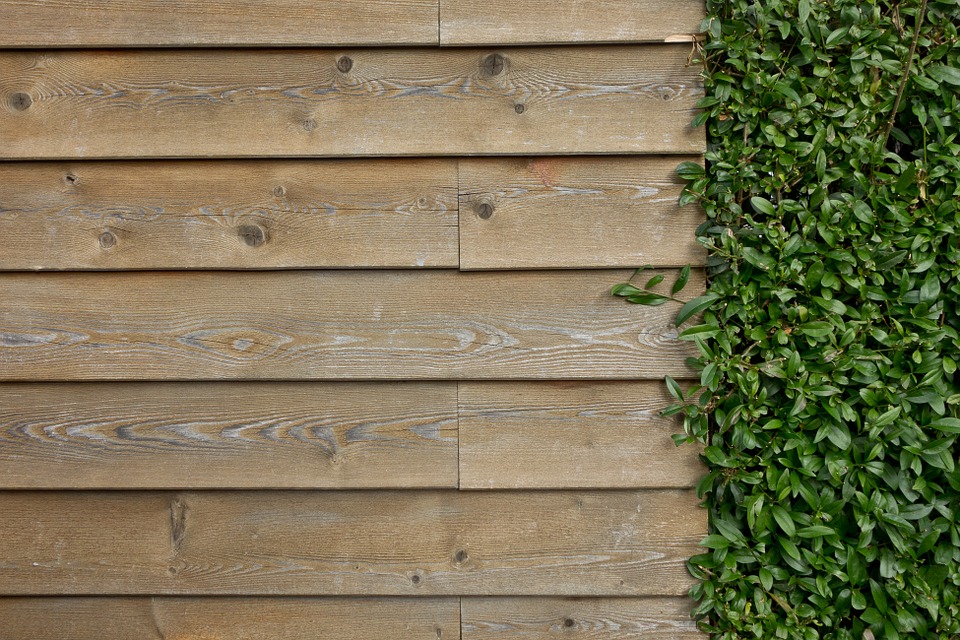
Choosing good fencing in your house is important if you desire some privacy and protection. There are several fencing materials homeowners can install in their homes.
Each fencing type has attributes that will make it more suited to your particular location than others.
For example, heavy metal fencing is often better suited to industrial locations, while the classic ‘picket fence’ will complement most homes – but these are not your only options. Finding the right material and colours to suit your location are important and there are plenty of choices available.
Selecting the Right Fencing Material in Your House
The type of fencing material you select in your house depends on what you want.
Homeowners that desire privacy will install a material and a pattern that will keep prying eyes from their property. There are several materials homeowners can use for privacy fencing. Composite fencing and wood are the two most popular privacy fencing choices. Aside from wood and composite, homeowners can use concrete fencing in their homes.
For the perfect combination of privacy and aesthetics, consider a composite fence. This fencing material does a better job of protecting your compound and adding beauty to your property.
How to Coordinate Your House with Fencing
Composite fencing has several colours and texture that makes it perfect for any house you want to install it. Before you purchase your composite fence, you have to consider the colour of your house to colour-match your fence with your home. Aside from that, the location of your fencing matters. You should ensure that your fence stays on your property and not on your neighbours. Then, you should measure your property and mark where your fencing line will pass on your property.
Map Out Your Property
After deciding on the kind of fencing colour to select, homeowners can map out their property. The purpose of mapping out your property is to ensure that your fence falls on your lawn and not on your neighbour. After that, you should ensure that you check your municipality to know if you need a licence to build a fence on your property. After confirming with your municipality, you can start marking your property. Homeowners should ensure that the fencing sits on their property. Mark the ground until you have circled your property. The lines you mark will be your fencing line and will serve as a guide for you to know where to install your fence.
Select the Right Fencing Colour
Composite fencing has several colours and surface textures. Some of those colours may or may not be perfect for your home. To select the right fencing colour to coordinate with your house, you must look at your home colour. Do you clad your home with bricks? A house will a brick wall will have a reddish-brown colour. So, the best fencing colour homeowners can select to coordinate with their house is a red fence. If your house colour is white, then white fencing will match your house perfectly. The most popular fencing colour to select is white or black. Both colours will match any house they are used in. Homeowners are also installing green or oak fencing colours.
Build Your Fence
After selecting the right fencing colour and mapping your property to know where to install your fence, you can start building the fence. To construct your plastic wood fencing, you need to dig holes for the various posts you will use to support your fencing. Cover the holes and the base of the posts with cement so that your fence will have a solid foundation. After, you should start attaching the fencing panels to the posts until you have finished installing your fence.
Conclusion
How do I choose a fence to coordinate with my house? The kind of fence you select depends on whether you want privacy fencing and aesthetic value. You should ensure that you map out your land and that your fence falls within local planning rules
Share this:
Continue Reading
source: https://newsfromwales.co.uk/how-do-i-choose-a-fence-to-complement-my-house/
